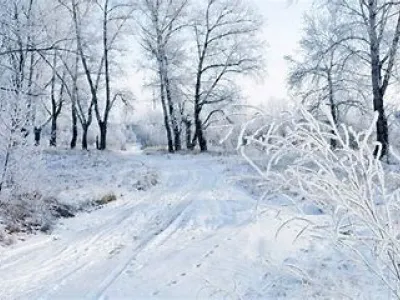Be energy smart this winter
November 14, 2018

For most Minnesota households, winter brings the highest energy bills of the year. The colder the weather, the higher our bills. For an average Minnesota home, over half of annual energy costs are for heating and cooling. As a result, adjusting your thermostat typically represents the biggest opportunity for saving energy throughout the year. Not surprisingly, tip number 1 below is adjust your thermostat! The other easy tips below will also keep your home comfortable, while keeping your electric and heating bills in check.
- Adjust your thermostat. The U.S. Department of Energy recommends setting the temperature at 68 degrees when you are awake and turning it down while you are away or asleep. Every degree lower will save you money. Adjust the thermostat a degree or two at a time until you find the right setting for comfort and energy use. To prevent frozen pipes, never lower the temperature below 55 degrees in the winter.
- Use the sun. Open blinds to let sunlight in during the day to heat your home. At night, close your blinds to trap that heat inside.
- Take care of air leaks. If you have storm windows, make sure they are down in the cool months. Use plastic film on windows if they are leaky. Use door draft stoppers to keep cold air out.
- Cook comfort food efficiently this winter. Bake in batches and freeze extras. Cook your favorite soup and chili recipes in crock pots. Slow cooked food tastes great and uses less energy.
- Celebrate the holidays with LED lights. If you decorate with lights, purchase LED holiday lights and keep them on timers.
- Service your furnace and change filters regularly. This will help maximize air flow and efficiency.
- If needed, use space heaters safely and efficiently. Only have space heaters on when you are in the room and keep items around them at a safe distance.
- Bundle up. Warm clothes, blankets, and socks are key in the winter. Rugs are another great way to help your home feel warmer.
- Inspect and clean your fireplace. Make sure your fireplace is safe. Close fireplace dampers when you are not using it to prevent heat from escaping.
- Redirect ceiling fans. Switch the rotation of your ceiling fans to clockwise and operate at a slow rate. This will pull air up and force warm air at the ceiling down into the occupied space without creating a windchill event.